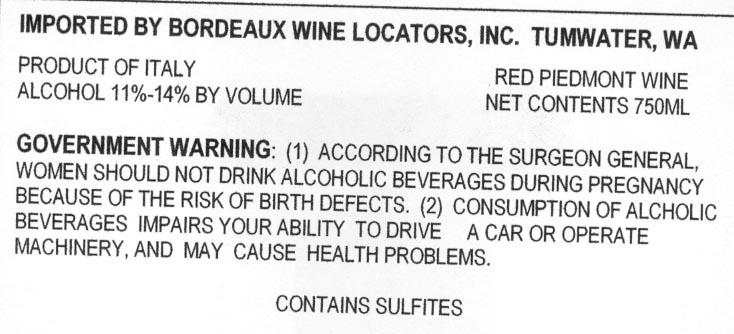1967 Barolo Nebbiolo
Prunotto Bussia Di Monforte D'Alba is a stunning expression of Nebbiolo from the renowned Barolo region, showcasing the wine’s deep garnet color that hints at its age and complexity. This vintage from 1967 offers a medium-bodied profile with a beautifully balanced acidity that brings freshness to each sip. The fruit intensity is notably prominent, revealing layers of dark cherries, dried roses, and earthy undertones, making it exceptionally inviting. Tannins are notably structured, providing a firm backbone that enhances its aging potential while integrating seamlessly with the wine's luxurious flavors. Although this wine leans toward the dry spectrum, it wraps the palate in a mouthwatering finish that invites another taste, showcasing the timeless elegance and heritage of Barolo wines.
Prunotto Bussia Di Monforte D'Alba is a stunning expression of Nebbiolo from the renowned Barolo region, showcasing the wine’s deep garnet color that hints at its age and complexity. This vintage from 1967 offers a medium-bodied profile with a beautifully balanced acidity that brings freshness to each sip. The fruit intensity is notably prominent, revealing layers of dark cherries, dried roses, and earthy undertones, making it exceptionally inviting. Tannins are notably structured, providing a firm backbone that enhances its aging potential while integrating seamlessly with the wine's luxurious flavors. Although this wine leans toward the dry spectrum, it wraps the palate in a mouthwatering finish that invites another taste, showcasing the timeless elegance and heritage of Barolo wines.




